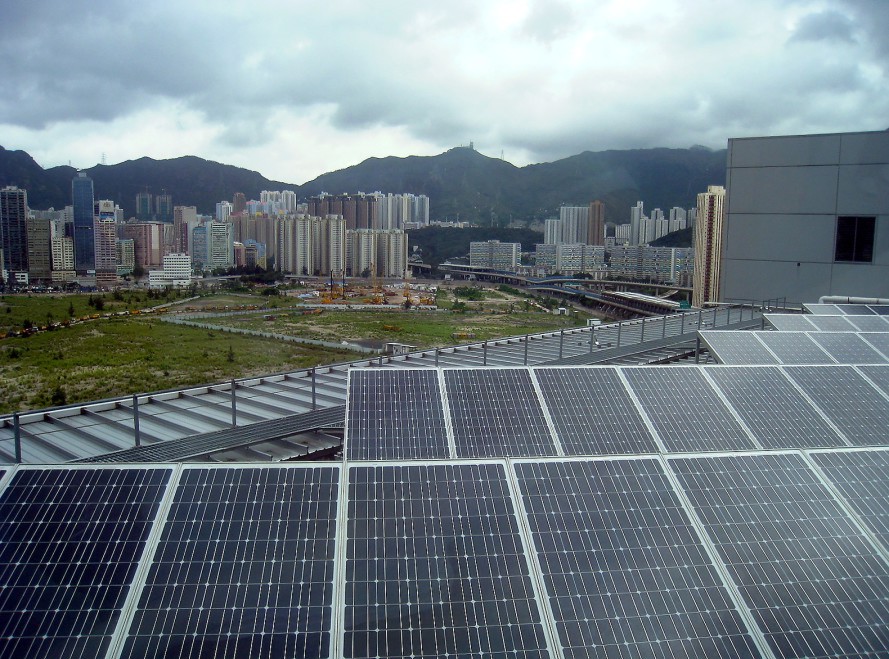Four Chinese scientists from Yunnan Normal University and the Ocean University of China have developed a way to coat traditional solar panels with a layer of graphene, producing an interesting effect when bringing them into contact with water.
The natural salts in the water, including ammonium, calcium, and sodium, interact with the electrons in the graphene to produce electricity. It’s like using the solar panel’s biggest weakness as a strength, allowing them to collect electricity during overcast, rainy weather.

Graphene, a one-atom thick layer of carbon, is considered the most electrically conductive material on the planet. Its discovery was just over 10 years ago and it is quickly becoming the most useful material available. It is stronger than steel and more malleable than paper, alloys, of which, can be created for smart clothing, wallpaper and a plethora of other inventions.
The researchers point out that the initial application of graphene to solar panels is only transforming about 6.5 per cent of the energy generated into electricity. Regular solar panels transform about 22% of the energy received into electricity, so more research will be needed to improve this number.
At the rate of improvement we are seeing in solar panels around the globe, this is very exciting and certainly a way to shore up the technology to make it a viable energy source, even in rainstorms (Via Minds).
If you like this idea, be sure to share it with your friends and inspire someone you know. Anything becomes possible with just a little inspiration…

